How to Survive a Kitchen Remodel: Bringing Order to the Chaos
A kitchen remodel can be both an exciting and a daunting experience. While the prospect of a fresh, new space is desirable, the process itself often presents a few challenges for homeowners.
From the inevitable clutter to the temporary loss of your cooking hub, a kitchen remodel will undoubtedly affect your day-to-day routine.
Read on to find out how to survive a kitchen remodel — and come out on the other side with a beautiful, functional space you’ll enjoy for years to come!
Setting Realistic Expectations
With any remodeling project, it’s important to understand the timeline involved clearly. Depending on the scope of the job, the average kitchen remodel takes 8 to 10 weeks.
Here at Ayars, we often accomplish the task in half the time by having all materials on hand (appliances, cabinetry, and products) — that way, everything is ready to go the moment the installation phase begins. Our typical timeline estimate is as follows:
- Weeks 1-2 (setup phase): Demolition, rough framing, drywalling, and flooring.
- Week 3: Cabinetry installation.
- Beginning of Week 4: Install countertops and sink, and restore running water (at this point your kitchen has recovered some functionality, which relieves some of the pressure).
- End of Week 5: Slide appliances in; the team can work around appliances as trim is getting finished and other details are buttoned up (even if the project carries into a sixth week, your new kitchen is ready to use!)
However, it’s important to remember that estimates are just that — estimates. Several factors might extend the timeline, including complex trim details, intricate cabinet layouts, complex or commercial-grade appliance installations, significant layout or structural changes, or custom range hoods. A quality kitchen specialist will do their homework and have their ducks in a row to minimize the possibility of the project veering off course, but quality craftsmanship takes time!
Prep Tips for Living Without a Kitchen During a Remodel
Of course, beyond the loss of a functional kitchen, you’ll also have to be prepared for other inconveniences; noise from construction and a temporary loss of privacy can be challenging.
This is precisely why adjusting your daily routine helps minimize stress during renovation time. Consider planning meals that require minimal preparation or cooking, and be flexible with your schedule to accommodate the ebb and flow of construction activities.
By laying the groundwork before the remodel gets underway, you’ll be better equipped to handle the changes and — most importantly — maintain a sense of normalcy in your daily life.
Creating a Makeshift Kitchen During a Remodel
The first rule in how to survive a kitchen remodel is to set up a temporary kitchen space; this is essential to maintain some level of normalcy in your routine. Start by choosing a location that is convenient and has access to electrical outlets and water, if possible. This could be a corner of your dining room, a section of your living room, or even a finished basement area.
Once you’ve selected the spot, gather the following essential items for your makeshift kitchen:
- Portable Cooktop
- Microwave
- Toaster Oven
- Mini-Fridge
- Basic Utensils
- Cutting Board
- A Few Pots and Pans
- Dish Rack for Drying
Meal Planning and Preparation
To ease the transition, consider meal planning in advance. Pre-cooking and freezing meals can be a lifesaver, allowing you to have home-cooked options ready to go with minimal effort. For example, dishes like casseroles, soups, and stews freeze well (and can be easily reheated).
In addition to pre-cooked meals, it’s a good idea to compile a list of easy no-cook meal ideas. Salads, sandwiches, wraps, or cold pasta dishes are quick, satisfying options that require little to no cooking.
Packing and Organizing Kitchen Supplies
Start by packing away items you won’t need during the renovation, such as specialty appliances, extra dishware, and decorative items. Clearly label each box to make unpacking easier once the remodel is complete.
Keep essential items accessible, such as a few plates, bowls, cups, and utensils for each family member. Also, consider keeping a small selection of spices, oils, and condiments handy for meal preparation.
Maintaining a Functional Living Space
At Ayars, we understand that a kitchen remodel can seem quite disruptive — but it doesn’t have to turn your entire home upside down! With a little bit of careful planning and attention to detail, we’ll help you maintain a functional living space throughout the entire process.
Dust and Debris Management
The Ayars team uses state-of-the-art Festool professional power tools and advanced HEPA dust containment systems to ensure our work is done quickly, cleanly, and with precision. To further contain dust, we seal off the construction area with plastic sheeting and temporary barriers, preventing it from spreading to other parts of your home.
We also have a strong commitment to regular cleaning; this means we will remove debris and dust daily, maintain a tidy workspace, and reduce the impact on your living environment. This allows you to continue your daily activities with minimal disruption.
Safety Considerations
Ensuring safety is our top priority during any remodel, particularly when it comes to protecting your family and pets.
We start by establishing clear boundaries and communicating effectively with you about restricted areas to keep everyone safe. By using barriers, children and pets are prevented from entering the construction zone, reducing the risk of accidents (and providing you with peace of mind).
Our experienced craftsmen maintain clear pathways and an organized workspace at all times, which not only helps prevent accidents but also makes it easier for you to navigate your home during the remodel.
Eating Well Without a Full Kitchen
Another question we get asked frequently is how to survive a kitchen remodel with a balanced diet in mind. While undergoing a renovation can interrupt your usual cooking routine, it doesn’t mean you have to compromise on eating well. With a touch of creativity, you can maintain a healthy, satisfying diet — even without a full kitchen.
Appliance Alternatives
When your main kitchen appliances are out of commission, small appliances can be your best friends!
Microwaves or hot plates are versatile tools that can help you prepare a variety of meals with minimal fuss. A microwave can be used for everything from reheating leftovers to steaming vegetables, while a hot plate handles tasks like boiling pasta or prepping some eggs.
Dining Out Strategically
As you determine how to survive a kitchen remodel, know that dining out can be a convenient option. However, it’s important to do so strategically to avoid overspending and maintain a balanced diet. Look for budget-friendly restaurant options that offer healthy choices, such as salads, grilled proteins, or whole grains.
Many restaurants have lighter menu options or customizable dishes that allow you to make healthier selections, as well. Balancing eating out with healthy choices will help you stay on track with your nutrition goals — all while enjoying the convenience of not having to cook!
Community Resources
Don’t underestimate the power of community during a kitchen remodel, either! Potluck dinners with friends or family can be a fun, social way to enjoy home-cooked meals without the need for your kitchen. Each guest could bring a dish to share, creating a diverse and satisfying meal for everyone.
You might also consider utilizing neighborhood kitchens if available. Some community centers or churches offer kitchen facilities that can be used for meal preparation, providing a temporary solution while your kitchen is under construction.
Communication with Your Contractor
Effective communication is the cornerstone of any successful home remodel, and transparency should always be a home remodeling contractor’s #1 priority.
Here at Ayars, it’s our guiding principle in every project we undertake. We promise to keep you informed and up-to-date on all timelines, updates, and costs. With a dedicated project manager assigned to your remodel, you will have a consistent point of contact who will communicate with you throughout the remodel.
Establishing a Good Working Relationship
Building a strong working relationship with your contractor begins with clear communication of expectations. From the outset, it’s important to discuss your vision, budget, and any specific requirements you have for the project. This ensures that everyone is on the same page and working towards the same goals.
Regular check-ins and updates are also crucial. Your project manager will provide you with frequent progress reports and be available to answer any questions you may have about how to survive a kitchen remodel. When you partner with us, you will always be informed about the status of your remodel!
Handling Delays and Other Issues
Even with the best planning, delays can sometimes arise during a remodel.
If you encounter any problems, don’t hesitate to bring them up with your project manager. Open, honest communication allows for quick identification of issues and helps in negotiating solutions that work for everyone involved. By maintaining a proactive approach, we can work together to overcome challenges and keep your project on track!
Life After the Remodel
Congratulations on your new kitchen remodel! The first step in settling back in is to tackle a thorough deep cleaning post-construction. Even with the best efforts to contain dust and debris, some remnants of the construction process may linger. Start by wiping down all surfaces, including countertops, cabinets, and appliances; pay special attention to corners or crevices where dust might have settled.
Once the space is clean, focus on organizing your kitchen items. Take this opportunity to evaluate your belongings and decide what you truly need and use. Arrange items in a way that makes sense for your cooking habits, keeping frequently used tools or ingredients within easy reach. Consider using drawer organizers, shelf dividers, and storage solutions to maximize space.
Upgrade Your Kitchen Space with Ayars!
A kitchen remodel is a significant undertaking, and the importance of preparation and flexibility cannot be overstated. But remember to focus on the positive aspects of the renovation — envision the beautiful, functional space that awaits you!
Ready to start your remodeling journey? Contact Ayars today to turn your vision into reality!

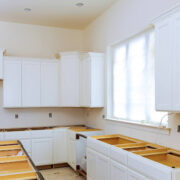
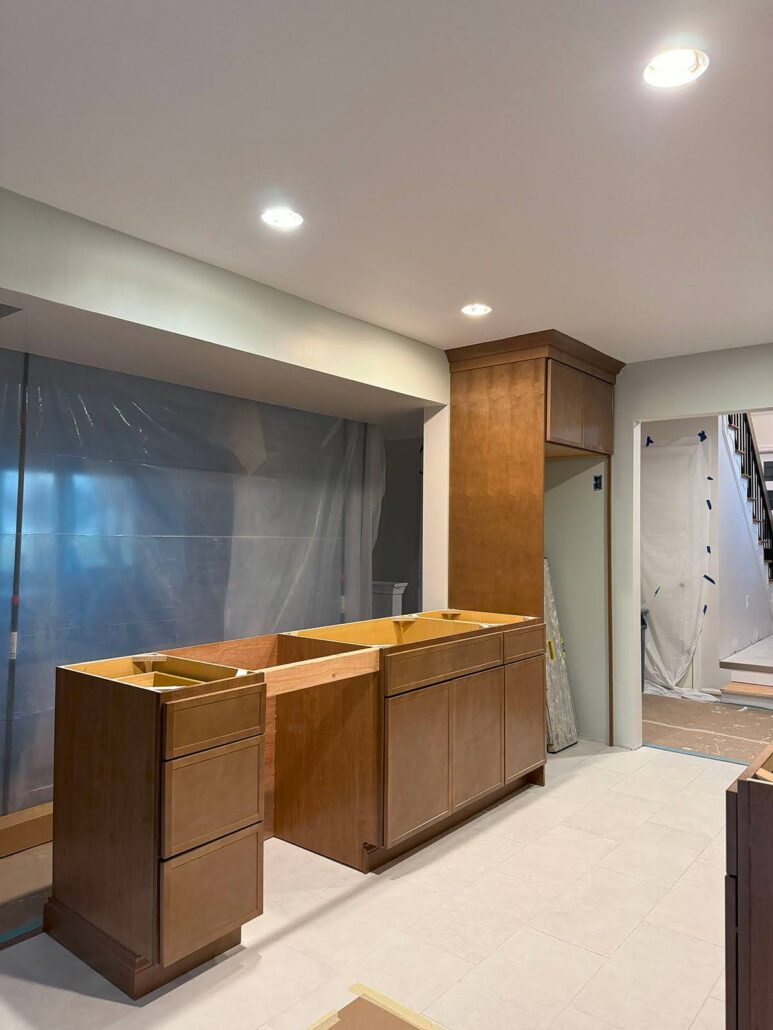
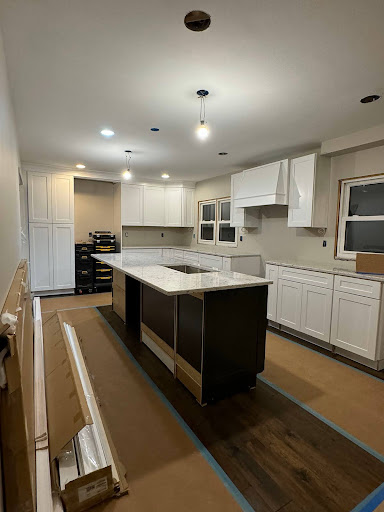
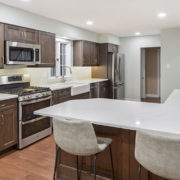
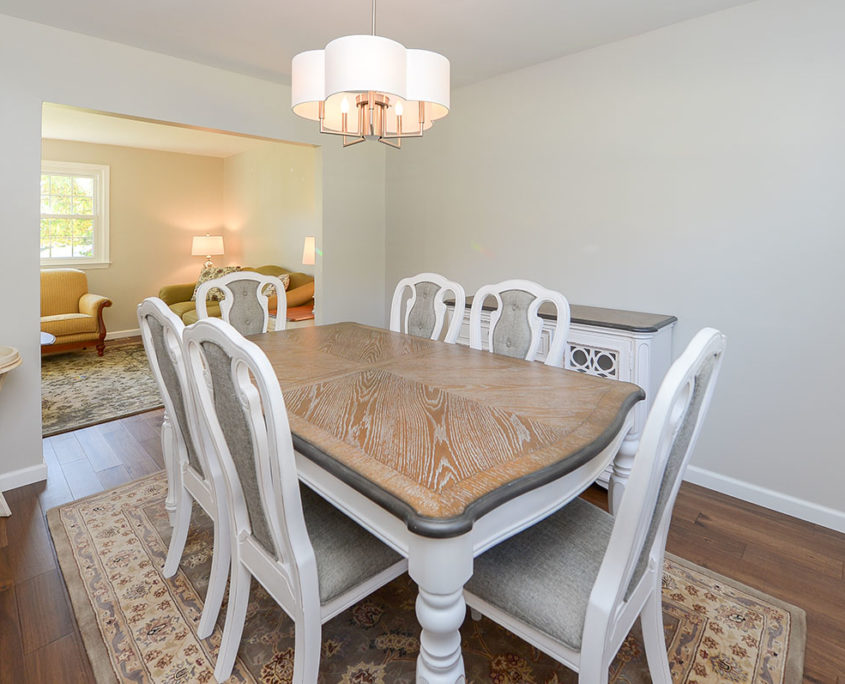
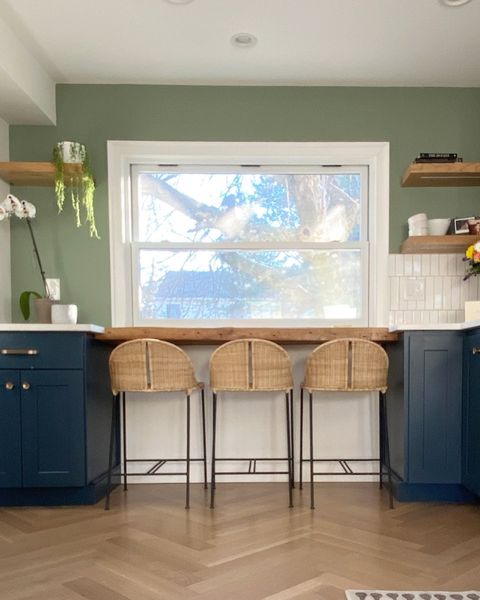
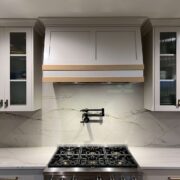
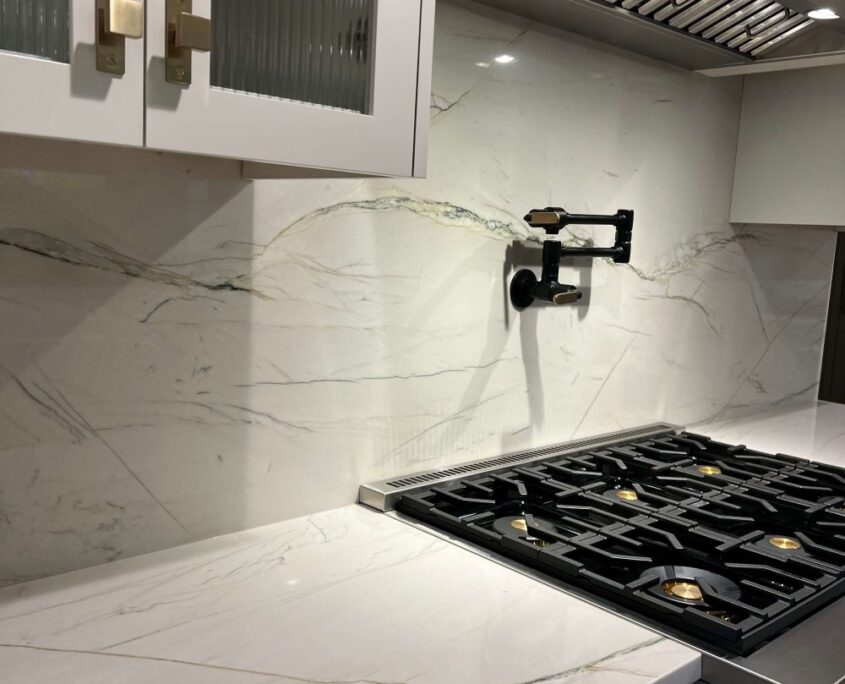
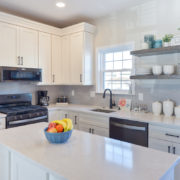
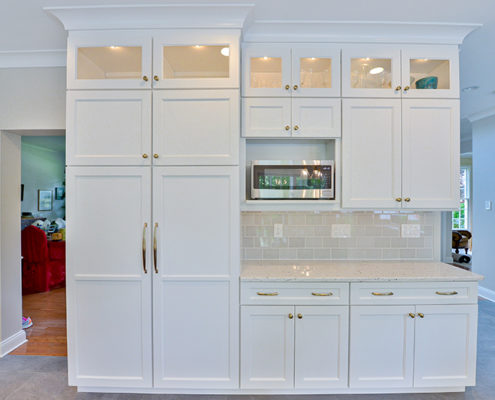
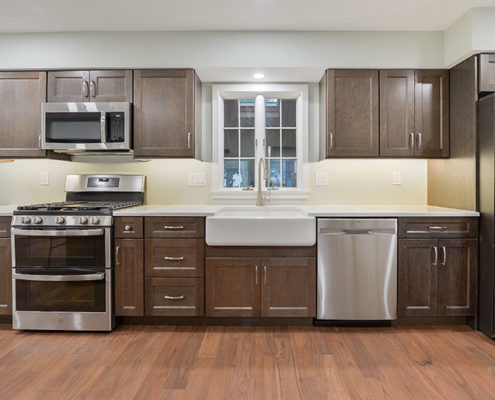
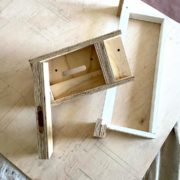
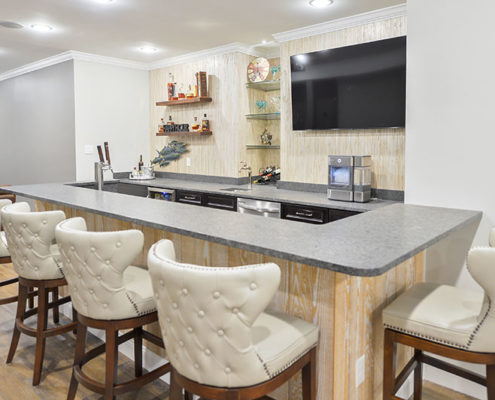
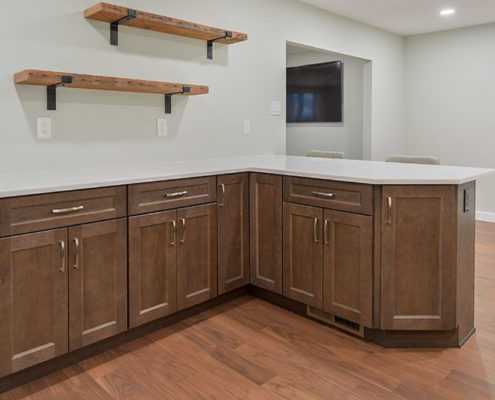
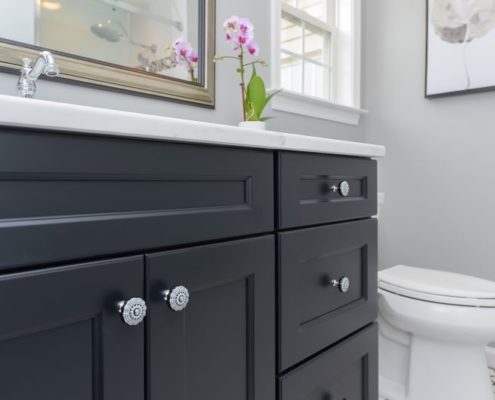
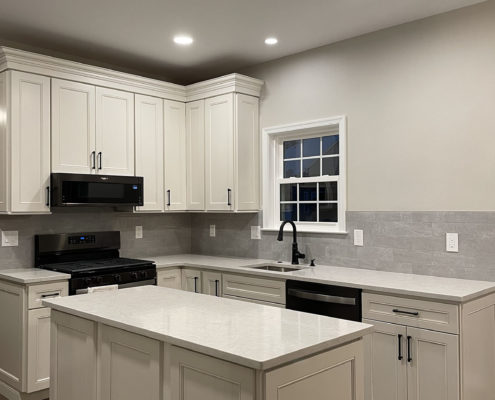
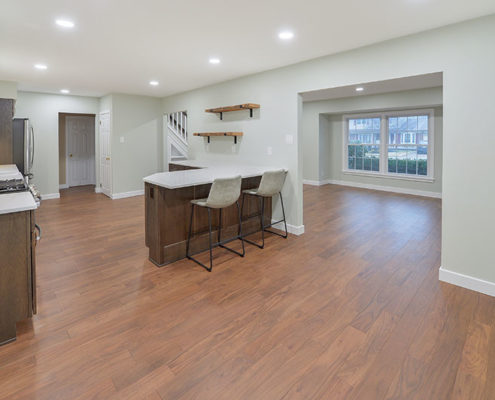
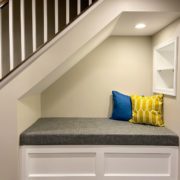
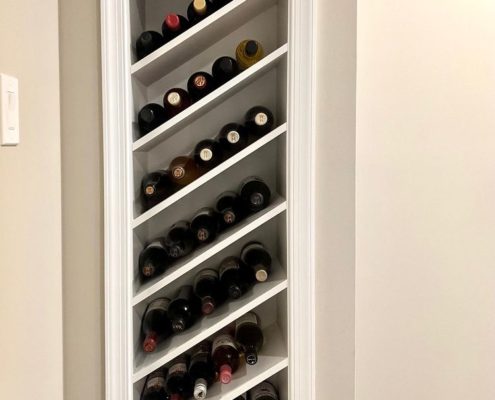
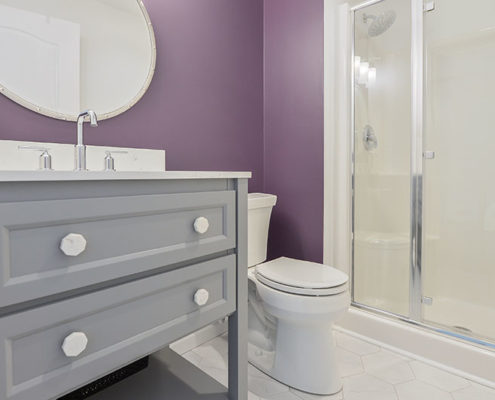
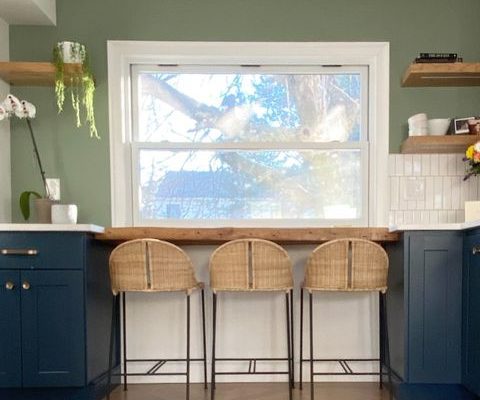
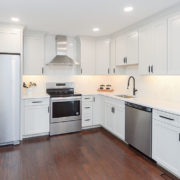
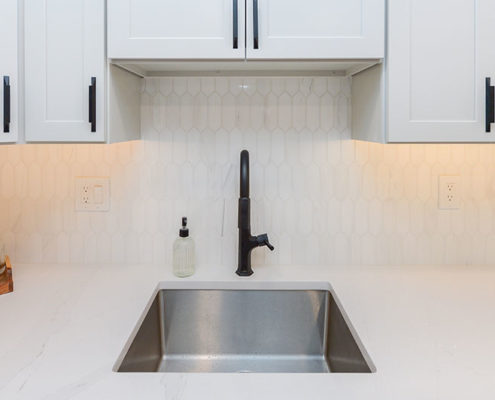
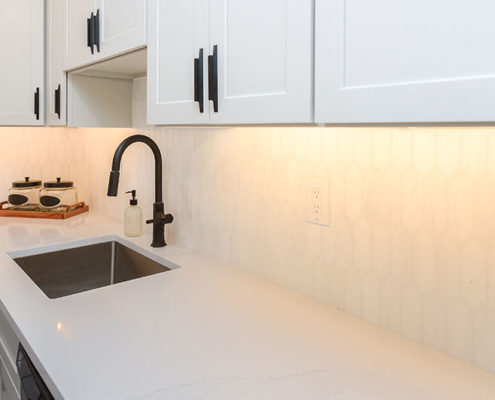
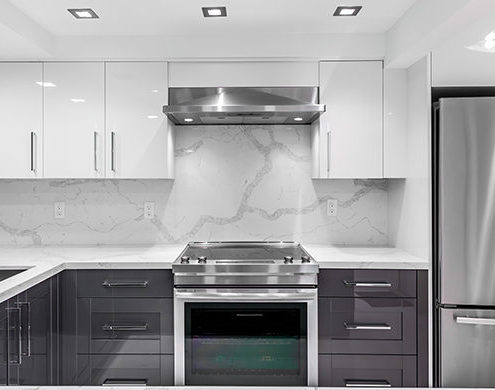
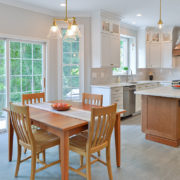
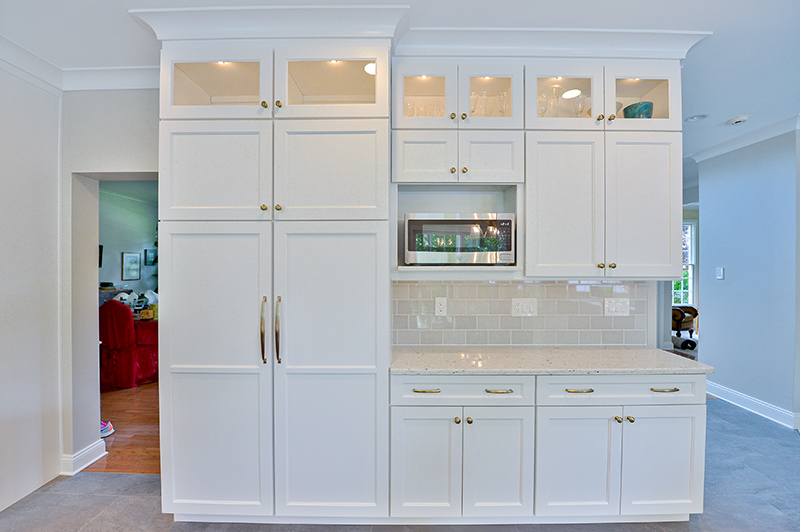
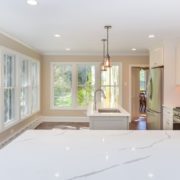
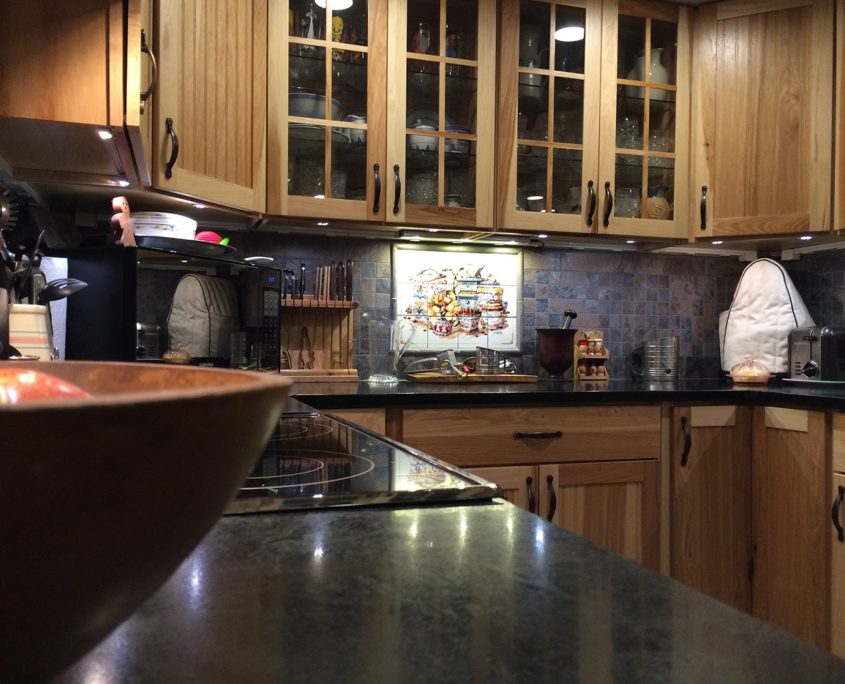
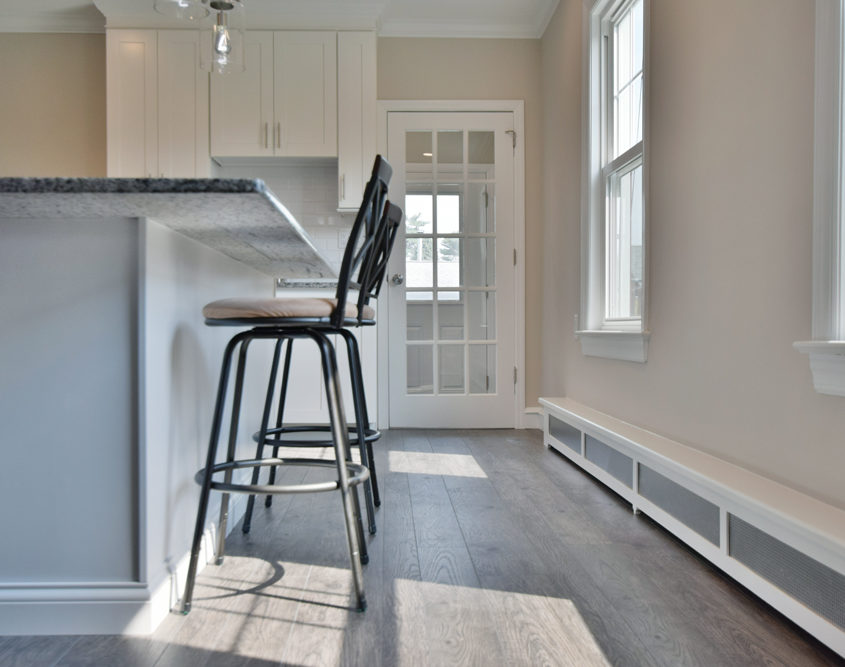
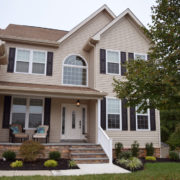
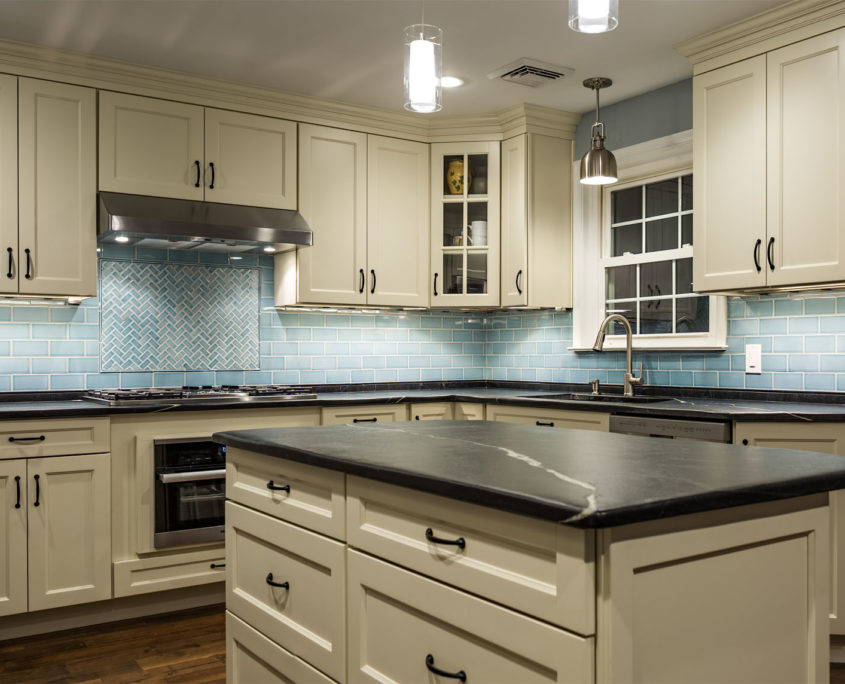
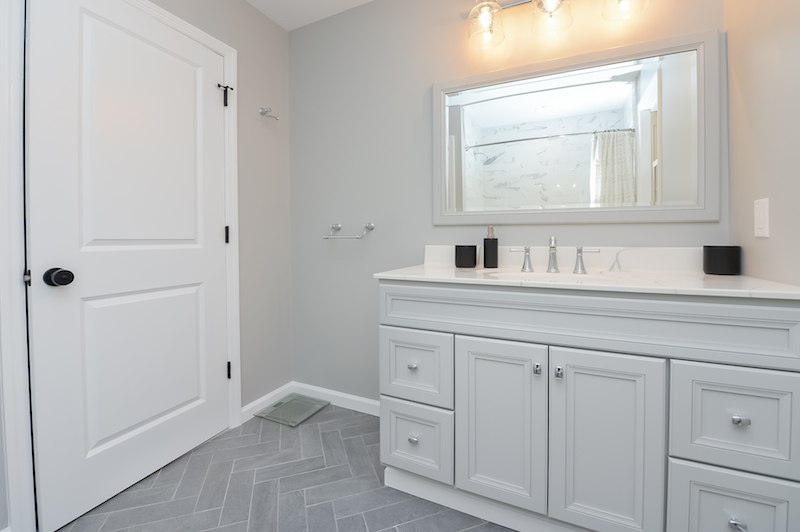
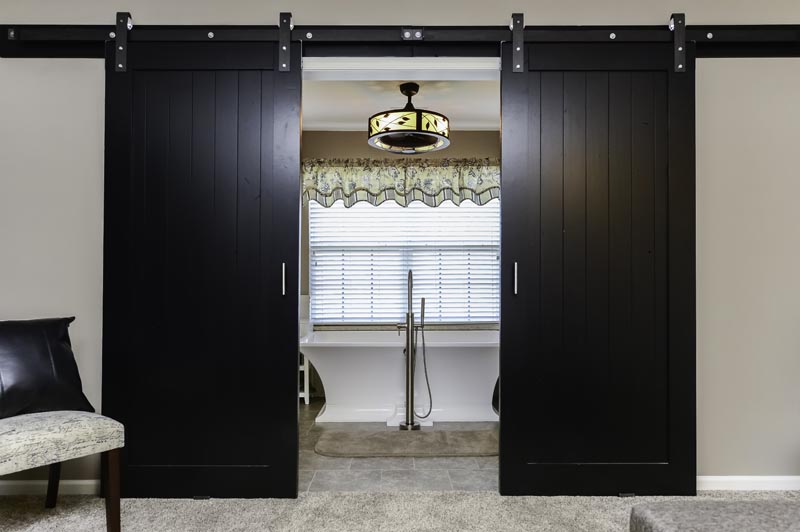
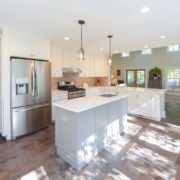
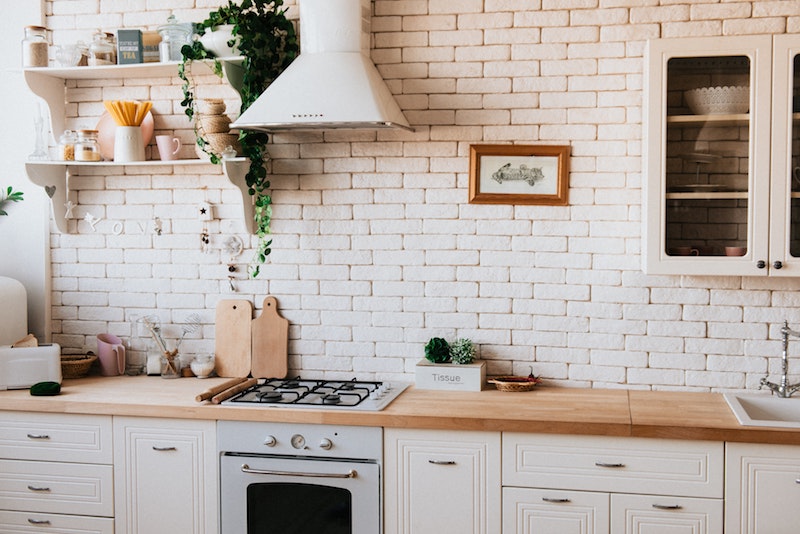
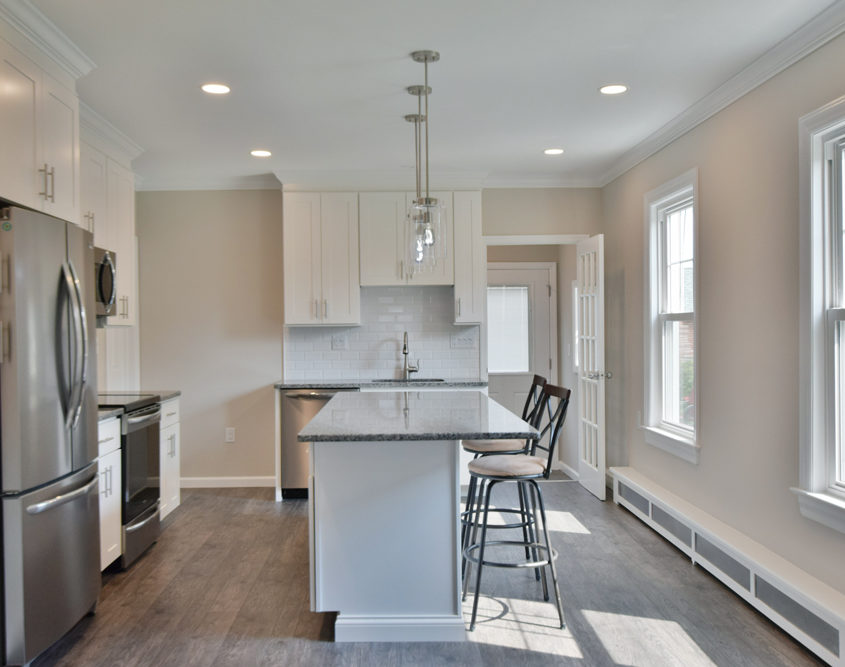
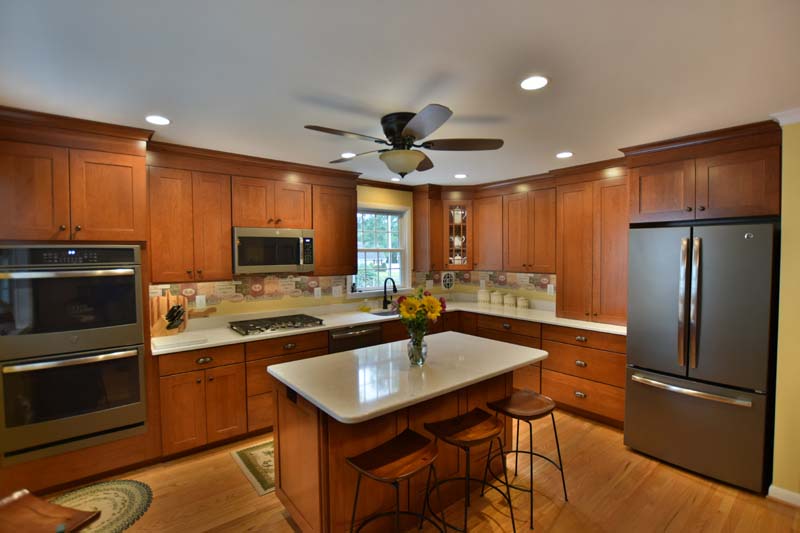
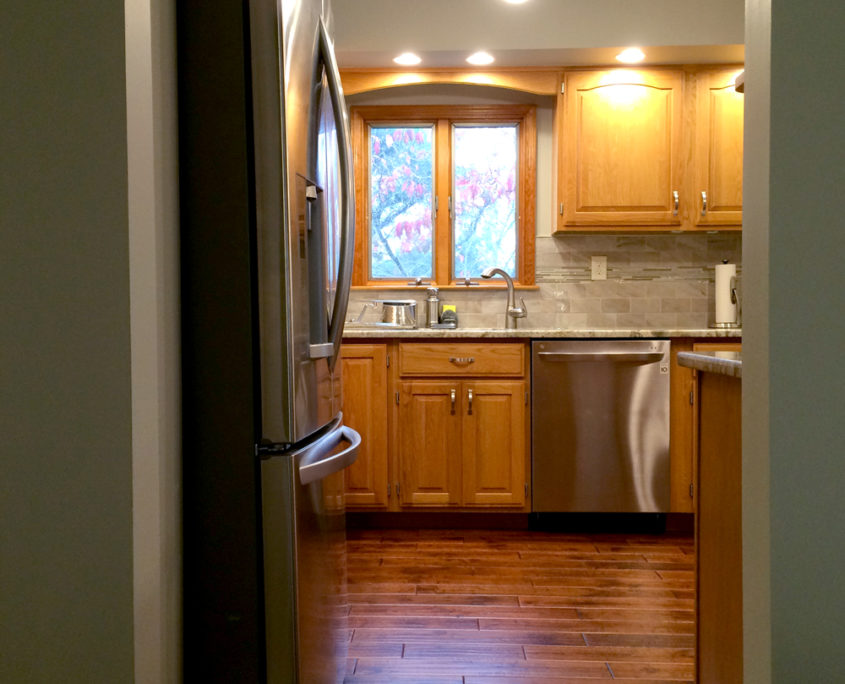
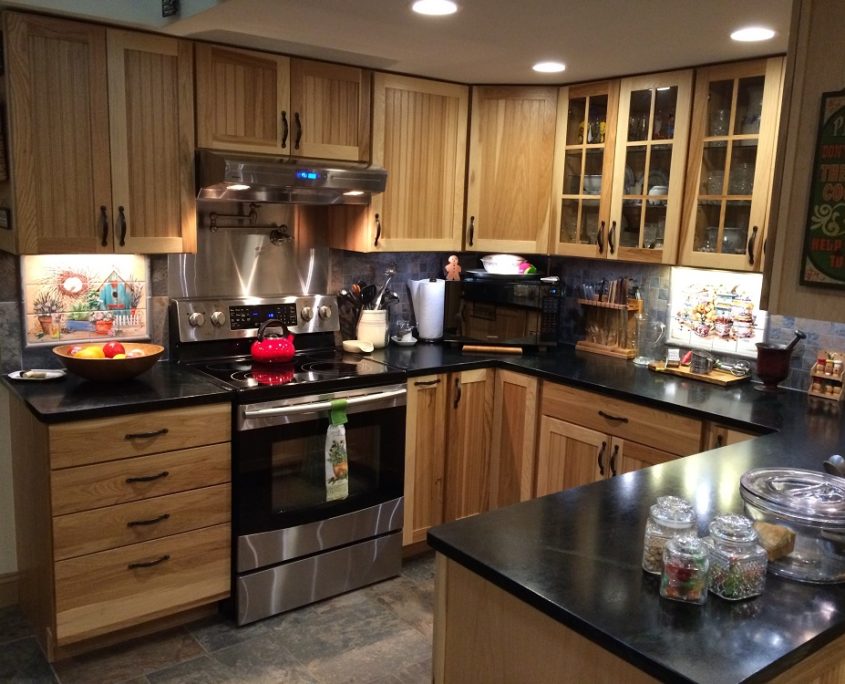
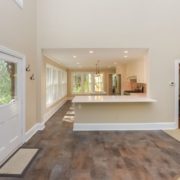
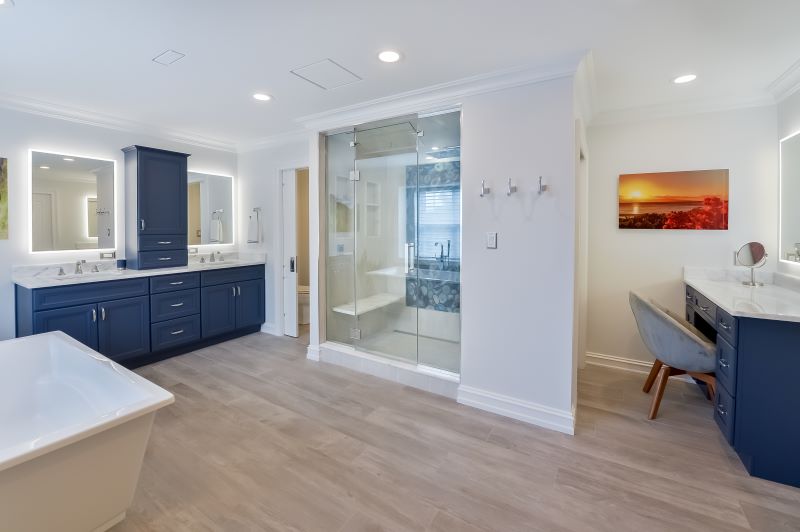
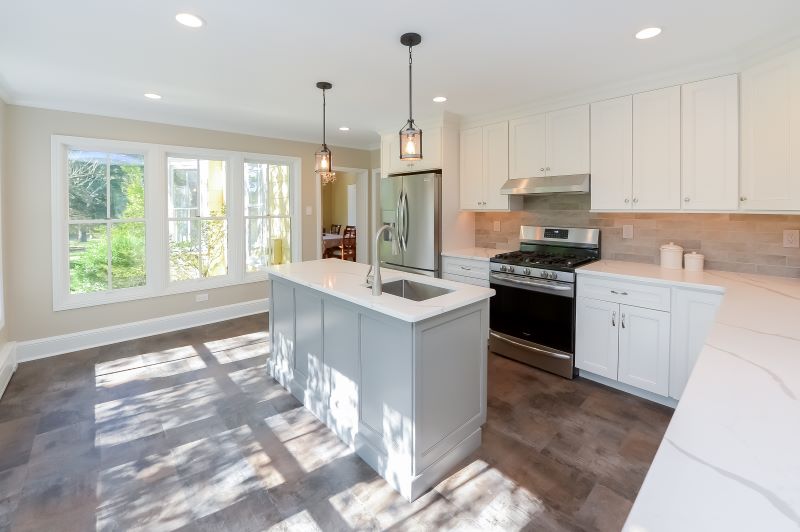
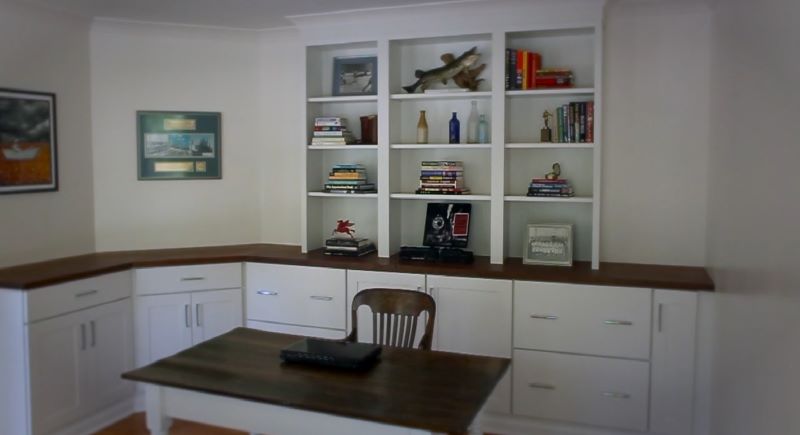
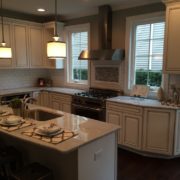
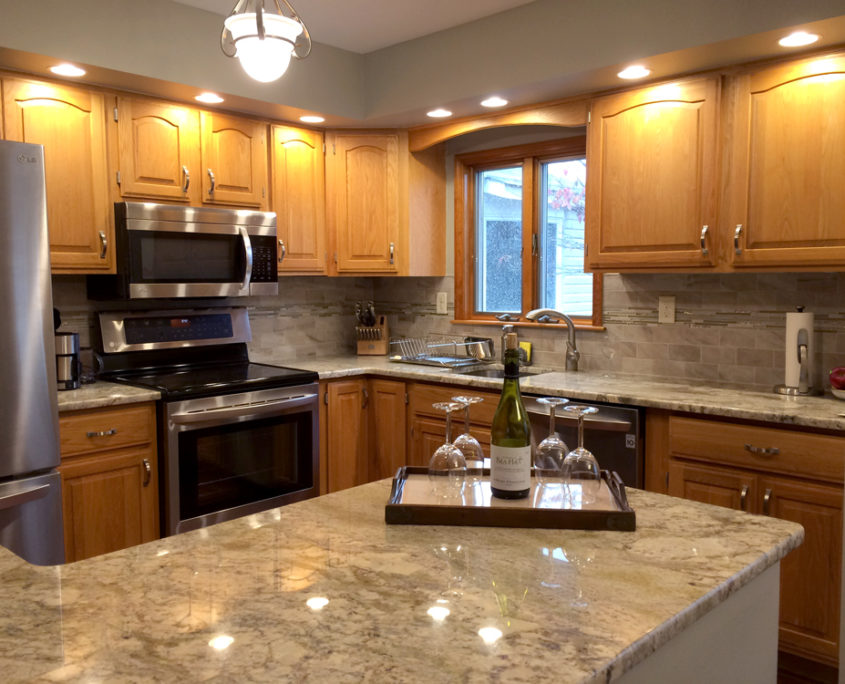
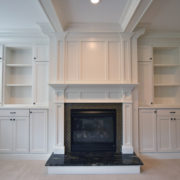
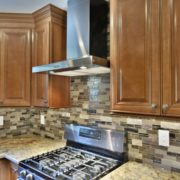
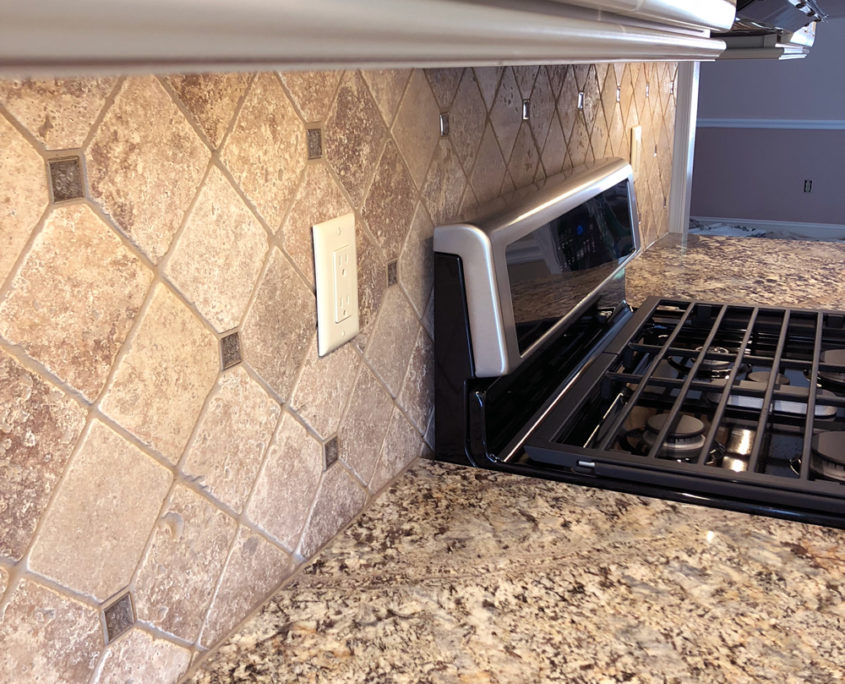
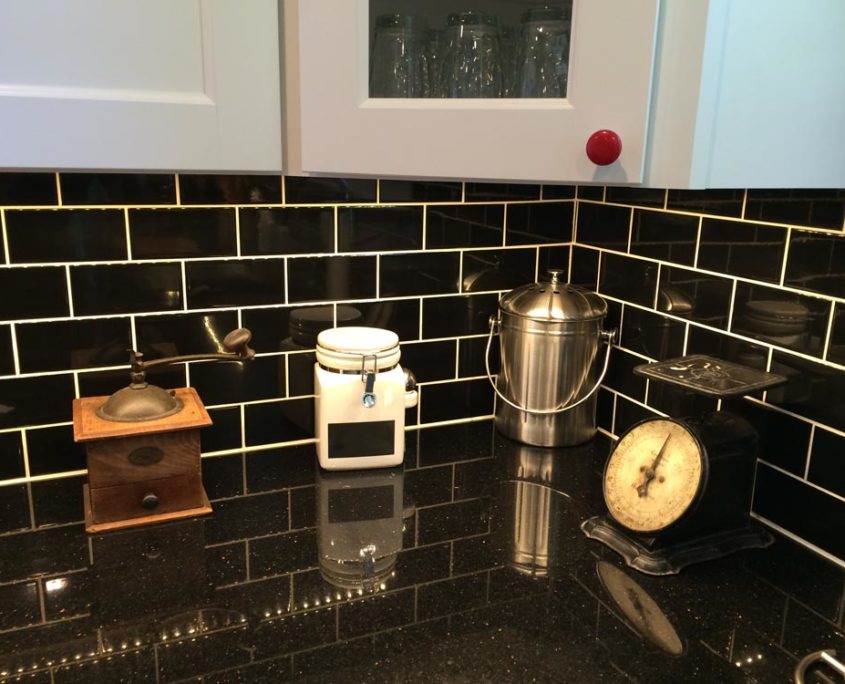
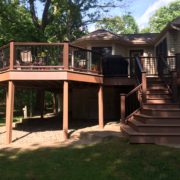
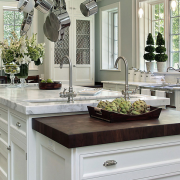

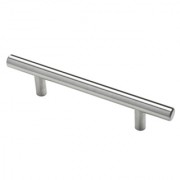
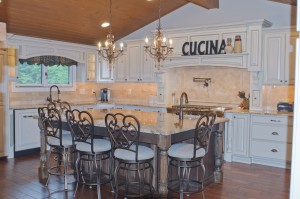
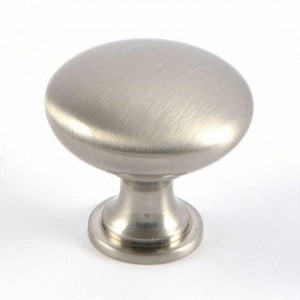 Knobs
Knobs 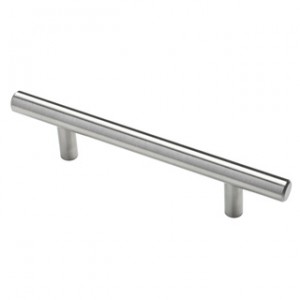 Pulls
Pulls 